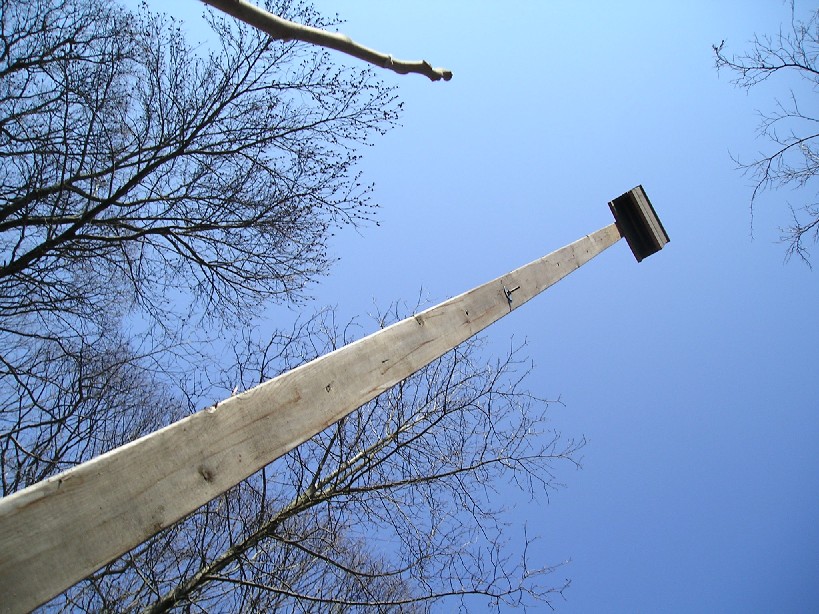|
|
 |
Predatory Prey Relationships
Predators play a critical roll in the well being of our global environment. In fact life on earth would cease to exist without them.
The interrelationship between birds of prey, rodents and humans health is just beginning to be understood by the scientific community. Habitat destruction and or habitat fragmentation has resulted in many regions being composed of small, isolated remnants of natural habitats. Species that require large areas usually cannot survive for long in these areas without wildlife management. The increased production of homes and manufacturing on long island has resulted in the destruction of suitable habitat for birds of prey, bats and other forms of wildlife.
Owls and Hawks feed on mice. Some mice carry the spirochete Borrelia burgdorferi, which is responsible for lyme disease. Deer ticks, which feeds off an infected mouse, can than transmit the disease to both humans and animals. The less hawks, owls and snakes, the more diseased mice, and the cycle continues.
Bats are highly beneficial mammals, which can consume large numbers of night flying insects such as mosquitoes, moths and other insect pest.
One little brown bat can catch up to 3,000 mosquitoes in just one night’s feeding. A big brown bat can eat up 6,000 mosquitoes in one night’s feeding. Both little and big brown bats are the most common bats in and around the New York City area. These mammals are a natural form of mosquito control; in fact their presences help to minimize the use of dangerous pesticides.
Worldwide, bats are a major contributor to controlling the night flying insect pest such a mosquitoes, moths and other insects. Without them this world would be a very buggy place.
The Law of Predatory Prey Relationship:
The prey species controls the predator, but the predator controls the health of the prey species. Predators remove the old, sick and less fit individuals allowing the stronger to survive. With this course and effect, the prey species only becomes stronger; reducing the number of diseased animals that may pass illness onto humans.
Of the nearly 4,000 or so species of mammals on earth, almost one quarter of them are bats.
Worldwide bats consume billions of insect pests each year.
Sealing off abandoned mines without first evaluating there importance to bats maybe the single greatest threat to the North American bat population.
The Northeast Ecological Recovery Society (NERS) would like to thank Mark Haken, President of Friends of Cunningham Park in Queens New York, for their interest in the restoration and installation of a number of bat houses in this city park. NERS was happy to install these boxes in their park in the spring of 2004.
|
 |
|
|

|
|
|
|
To learn more about the benefits of bats please contact:
Bat Conservation International at (512) 327-9721, or Defenders of Wildlife at www.defenders.org
To learn more about birds of prey please contact:
The Raptor Trust at www.theraptortrust.org, or Native American at www.nativeamerica.org |
|
|
|
|
| |



![]() copyright © 2005 northeast ecological recovery society, inc. all rights reserved.
copyright © 2005 northeast ecological recovery society, inc. all rights reserved.